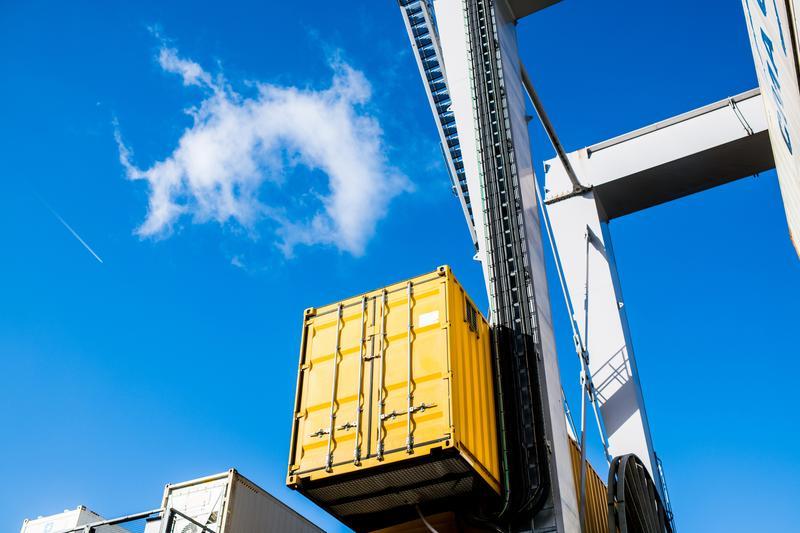Navigating the Future of Port Operations: Embracing Automation for Sustainability and Efficiency
Beyond Speed: How automation is redefining maritime logistics, balancing costs and safety, and shaping a more sustainable future

In an era where the efficiency and sustainability of port operations are more critical than ever, automation stands as a transformative force. Automation can play a pivotal role in reshaping the maritime and logistics industries. Far from being a mere technological advancement, automation represents a strategic evolution in how ports operate - enhancing profitability, ensuring safety, and paving the way for sustainable growth.
It's not just about doing things faster; it's about fundamentally changing the way we approach port operations to meet the demands of a rapidly evolving global trade landscape. This discussion is not just timely; it is essential for the future of port operations and the broader logistics sector.
When considering automation, we must examine the balance between capital expenditure (CapEx) and the resulting operational cost savings. Automation, in this light, presents a clear financial advantage.
Investing in automation technology often entails significant upfront CapEx to cover the costs associated with acquiring the equipment and software systems, along with the necessary infrastructure upgrades. However, this initial investment must be weighed against the long-term operational cost savings it facilitates. These savings materialize in various forms, such as reduced labor costs, lower maintenance expenses, and increased efficiency in handling cargo.
Moreover, automation leads to more consistent and predictable operational processes. Automated systems operate with a level of precision and consistency that is challenging to achieve with manual operations. This reliability translates into fewer errors, reduced waste, and minimal downtime, all of which contribute to substantial cost savings over time.
Automated operations can also handle higher volumes of cargo with greater speed and accuracy. This increased throughput capacity enables ports to service more vessels in a shorter time frame, thereby generating higher revenue. It also helps in optimizing asset utilization, ensuring that equipment and infrastructure are used more efficiently and effectively.
We must also consider the indirect financial benefits of automation. These include enhanced safety, which reduces the likelihood of accidents and the associated costs. In the past, operators managed cranes from less sophisticated cabins, leading to early retirements due to physical strain. Today, automation has allowed for remote operations where operators work in ergonomically correct environments, significantly reducing physical wear.
This not only cuts down on operational costs but also enhances safety by minimizing direct man-machine interaction. The direct impact of automation may vary across countries, but the overarching benefits to worker well-being and operational safety are universal.
While the initial CapEx may be significant, the resultant operational cost savings and indirect financial benefits present a clear financial advantage. Looking ahead, the future of the maritime port logistics sector in terms of automation is promising but challenging.
While not all terminals are currently equipped for a full transition to automation, the accessibility of technologies like Optical Character Recognition (OCR), Radio-Frequency Identification (RFID), and smart tagging is increasing. These advancements will bring about improved property security and reduced risks of cargo contamination. As a result, we can expect to see varying levels of automation being integrated into terminal operations.
While the automation of port operations is a path filled with challenges, it is one that holds immense promise for long-term profitability and sustainability for port operators. As we continue to explore and invest in these technologies, I am confident that we will not only improve our operational efficiencies but also contribute positively to the environment and the well-being of our workforce.

